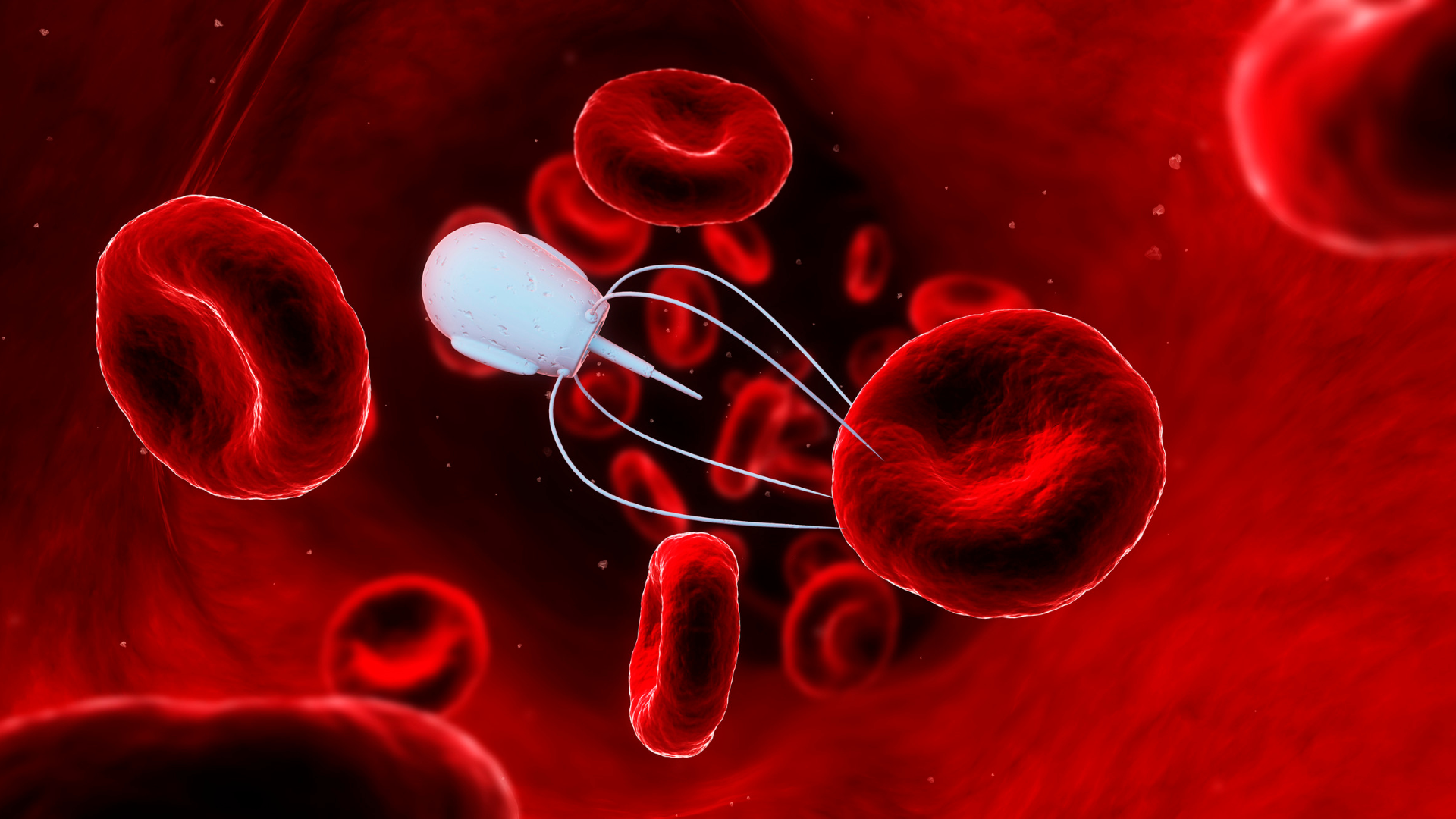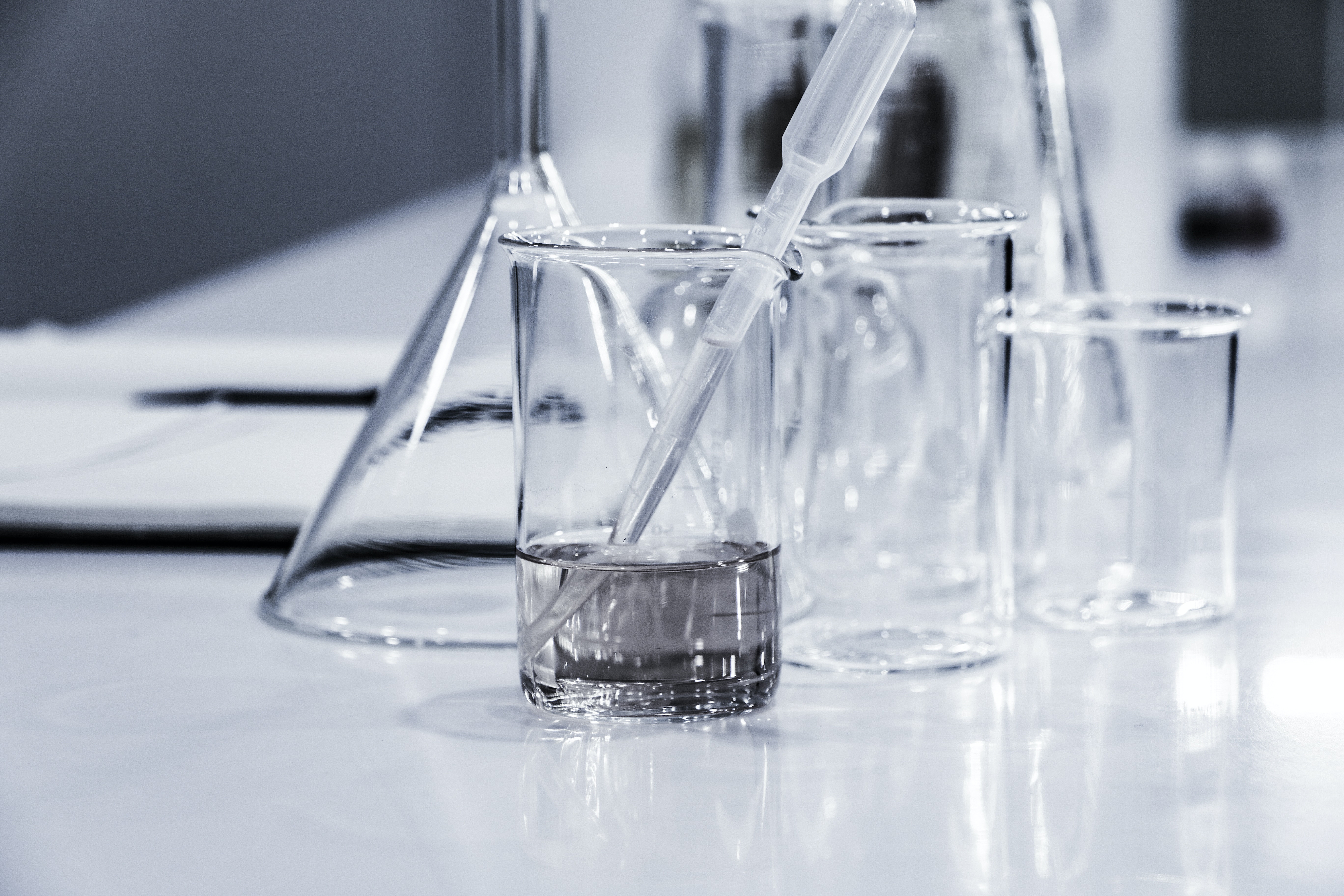The Discovery of Pancreatic Diabetes and Insulin Development

Following the discovery of pancreatic diabetes, the isolation and discovery of insulin in 1921 marked a major breakthrough in medicine and therapy for patients with diabetes.
Researchers had long hypothesised that the pancreas was responsible for the regulation of carbohydrate metabolism in the body.
However, before insulin was discovered, there was little that could be done for sufferers of diabetes.
The most effective treatment doctors could prescribe was to put patients on a strict diet with minimal carbohydrates.
A major breakthrough came in 1889, when two German researchers – Oskar Minkowski and Joseph von Mering – discovered that when the pancreatic gland was removed from dogs, the animals developed symptoms of diabetes and died.
This led them to conclude that the pancreas was indeed responsible for the regulation of body sugars.
Subsequent research identified the islets of Langerhans: clusters of specialised cells in the pancreas responsible for the production of substances which regulate blood sugar levels.
Sir Edward Albert Sharpey-Shafer suggested in 1910 that only one chemical was missing from the pancreas of people with diabetes.
He named this chemical insulin – derived from the Latin word insula, meaning ‘island’.
Insulin Extraction and Treating Pancreatic Diabetes
In 1921, surgeon Frederick Banting and his assistant Charle Best managed to remove insulin from a dog’s pancreas.
With this insulin, Banting and Best managed to keep another dog with severe diabetes alive for over two months.
The next step for the researchers was to develop a refined form of insulin from the pancreases of cattle, which they did with the help of colleagues J.B. Collip and John Macleod.
The following year, a 14-year-old boy with diabetes in Toronto called Leonard Thompson became the first person to receive an injection of insulin.
Within 24 hours of him receiving the injection, Thompson’s levels of blood glucose fell to near-normal levels.
- The growing importance of India's biotechs in international drug development
- Strategies towards sustainable lyophilisation: optimising for stability
- Merck and XtalPi collaborate for computational drug development techniques
Banting and Macleod received the Nobel Prize in Medicine in 1923, which they shared with Best and Collip.
Soon after, Eli Lilly began the large-scale production of insulin; in the decades to follow, manufacturers developed a variety of slower-acting insulins, the first of which was introduced by Novo Nordisk in 1936.
Today, after the discovery of pancreatic diabetes and the identification of the islets of Langerhans, insulin is available in many forms, from regular human insulin identical to that produced by the body to ultra-rapid, ultra-long-acting formulas.
Get your weekly dose of industry news and announcements here, or head over to our Formulation portal to catch up with the latest advances in manufacture and therapeutic delivery.







